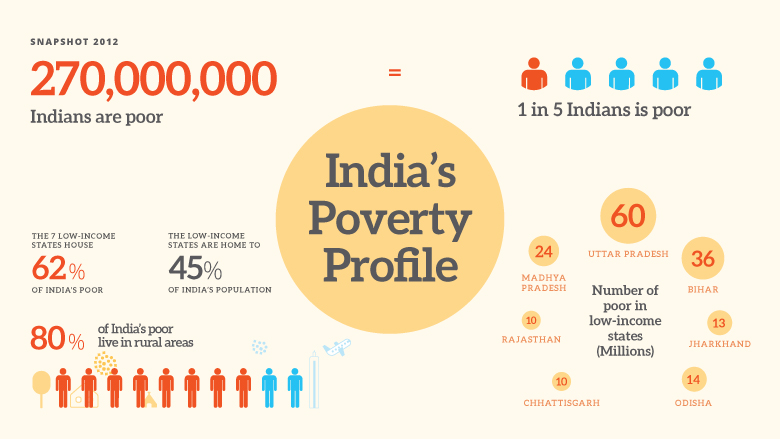 |
| Photo Source: World Bank Group |
Poverty is one of the important factors for this problem. Hence, enforcement alone cannot help solve it. The Government has been laying a lot of emphasis on the rehabilitation of these children and on improving the economic conditions of their families.
Many NGOs like CARE India, Child Rights and You, Global March Against Child Labor, etc., have been working to eradicate child labor in India. The child labor can be stopped when knowledge is translated into legislation and action, moving good intention and ideas into protecting the health of the children. The endurance of young children is higher and they cannot protest against discrimination. Focusing on grassroots strategies to mobilize communities against child labor and reintegration of child workers into their homes and schools has proven crucial to breaking the cycle of child labor. A multidisciplinary approach involving specialists with medical, psychological and socio-anthropological level is needed to curb this evil.
It is in this context that we have to take a relook at the landmark passing of the Right of Children to Free and Compulsory Education (RTE) Act 2009, which marks a historic moment for the children of India. For the first time in India's history, children will be guaranteed their right to quality elementary education by the state with the help of families and communities. The world cannot reach its goal to have every child complete primary school by 2015 without India. Although there have been significant improvements in the proportion of children from socially disadvantaged groups in school, gaps still remain. Girls are still less likely to enroll in school than boys; in 2005, for upper primary school (Grades 6–8) girls’ enrollment was still 8.8 points lower than boys, for Scheduled Tribes (ST) the gender gap was 12.6 points and it was 16 points for Scheduled Castes (SC).
RTE provides a ripe platform to reach the unreached, with specific provisions for disadvantaged groups such as child laborers, migrant children, children with special needs, or those who have a “disadvantage owing to social, cultural economical, geographical, linguistic, gender or such other factors.” Bringing 8 million out-of-school children into classes at the age-appropriate level with the support to stay in school and succeed poses a major challenge. Substantial efforts are essential to eliminate disparities and ensure quality with equity. Successful implementation of the Act would certainly go a long way in eradicating child labor in India.
No comments:
Post a Comment